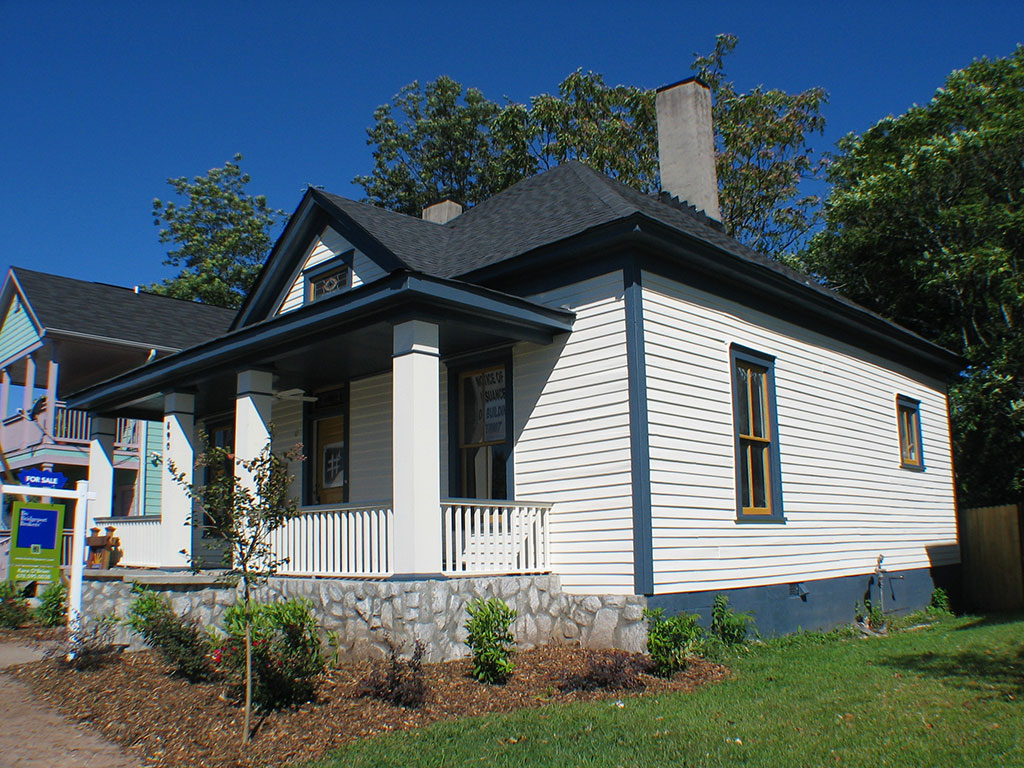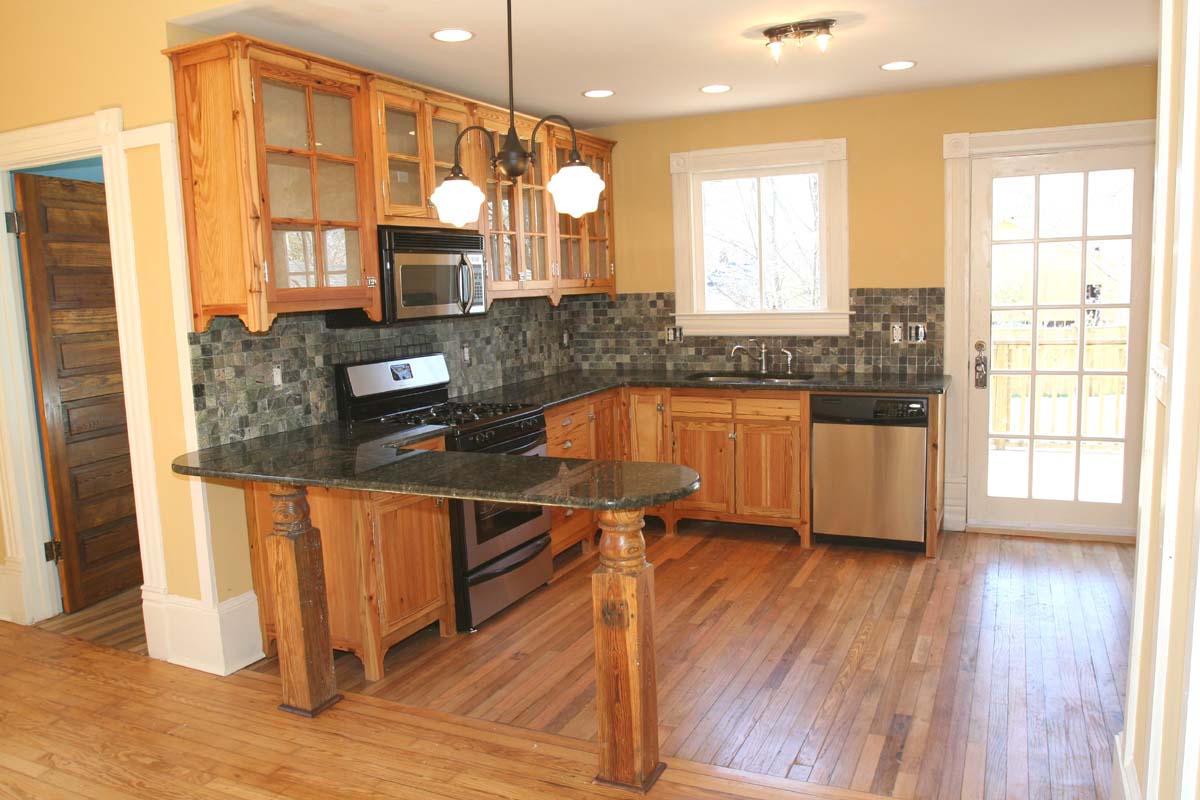
Victorian we restored. Home dated to late 1800s and still had its layer of cedar shingles under three “newer” roofs.
How is it that houses built 100 or even 200 years ago are still standing?
Every day, I see things that amaze me. Instead of today’s framing codes that dictate 16″ on center for roof rafters, I see framing that is sometimes 3 feet on center. That is some seriously gappy spacing for roof rafters. And miraculously, a lot of times, these roofs are fine, no sag, no soupbowl in the center.
That’s not to say that we haven’t installed our fair share of knee walls to support saggy roofs. We have. But more often than not, that’s because this poor weighted-down roof sports four layers of shingles.
Why? How can that be, you ask? How can these code-breaking shelters withstand gravity and father time?
It’s simple. The cowboys had some high quality lumber. They were milling and eventually eradicating the virgin forest–a forest virtually non-existent now, except in some remote parts of the country. They were also hand nailing everything with giant forged nails. They didn’t have pneumatic nailers shooting flimsy little pieces of metal into framing.
Virgin growth longleaf pine, commonly known as heart pine, is a resin-filled, dark reddish brown wood that is one tough bit of “soft wood.” Termites don’t relish noshing on this wood because of the thick sap running through it. Unless it gets wet and soggy and then all bets are off.
But I’ve cut into 12o year heart of pine boards whereby the resin runs out of the wood, like it was felled yesterday.

Kitchen we milled from heart of pine wood. The penisula is supported by an old Victorian porch post.
It’s why it’s one of my favorite woods. We’ve milled these salvaged beams into kitchen cabinets, furniture, flooring, wainscoting, mirrors, and vanities. And it’s gorgeous material.
What was once good enough for the cowboys to frame with, we now showcase as finish wood, rich reds and browns, with tight vertical grain growth patterns of old trees growing slow and straight. It sure beats the heck out of the young saplings harvested today at the recklessly childlike age of 10-20 years, their woods whitish yellow and soft as Irish butter.



